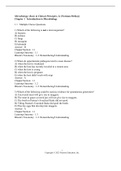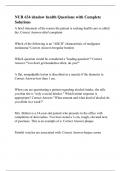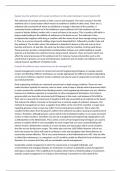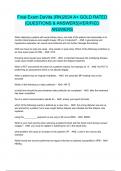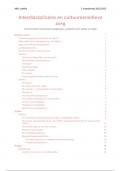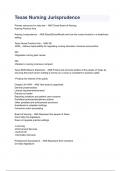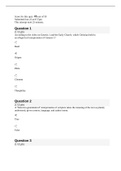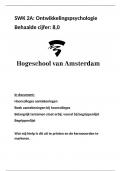Tentamen (uitwerkingen)
Test Bank for Microbiology 2nd Edition Norman McKay| Chapter 1 - 21 Updated Guide
- Vak
- Instelling
- Boek
Microbiology 2nd Edition Norman McKay Test Bank Test Bank for Microbiology 2nd Edition Norman McKay Chapter 1 - 21 Updated Guide
[Meer zien]
